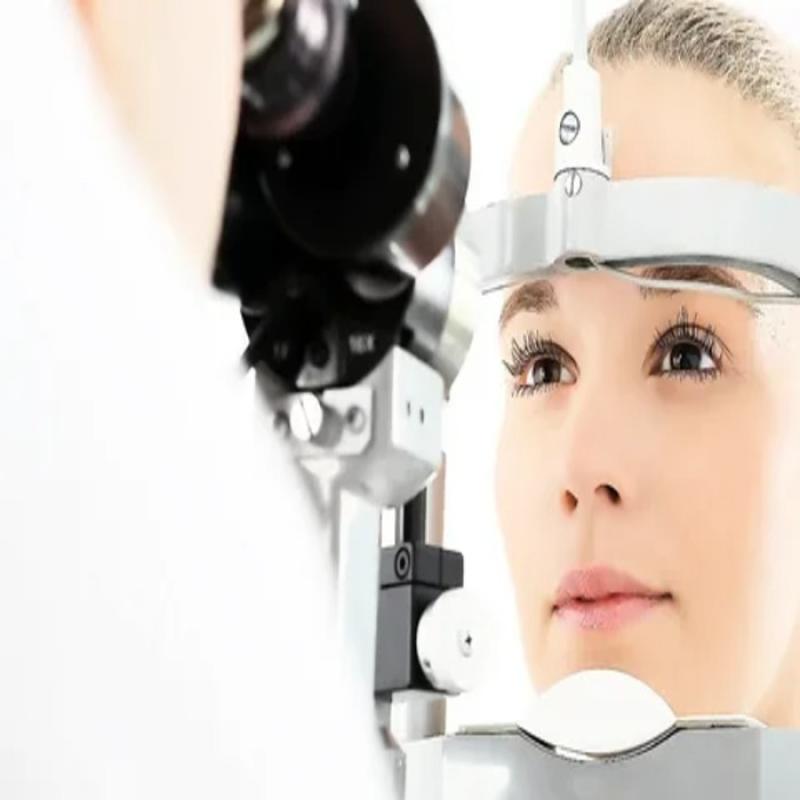Retinal Imaging Devices: Revolutionizing Eye Care How New Technologies are Transforming the Industry
The retina is one of the most important parts of the eye, as it contains light-sensitive cells that capture images and send visual signals to the brain. Traditionally, examining the retina required using special diagnostic instruments like an opthalmoscope or slit lamp to view the retina indirectly. However, advances in digital imaging have led to the development of new eye imaging devices that provide high-quality, direct views of the retina without discomfort or complications for patients. These new technologies allow eye doctors to detect diseases earlier and monitor eye health more effectively.
Types of Retinal Imaging Devices
There are several common types of eye imaging devices currently used in eye care practices:
Fundus Cameras: Retinal Imaging Devices is an earliest digital eye imaging devices, fundus cameras take high-resolution photographs of the retina. They utilize low-powered lenses and flashes to illuminate the retina and capture detailed images. Fundus cameras are useful for general retinal exams and documentation over time.
Optical Coherence Tomography (OCT): Considered the gold standard for retinal imaging, OCT devices use light reflections and interferometry to create high-resolution, cross-sectional maps of the retina. This provides 3D views of the layers and structures in the retina. OCT is effective for detecting conditions like macular edema and holes earlier than other methods. It is also used to monitor treatment progress.
Scanning Laser Ophthalmoscopes (SLO): Similar to fundus cameras but using lasers instead of flashes, SLO devices provide high-contrast images of the retina. Some advanced SLO systems incorporate features like auto-focusing, image stabilization, and montaging capabilities. When combined with fluorescein angiography, SLO can identify neovascularization and other abnormalities.
Fluorescein Angiography: This technique uses intravenous fluorescent dye and specialized cameras to detect circulation problems in the retina. As the dye flows through blood vessels, it highlights areas of leakage, nonperfusion, or neovascularization associated with disorders like diabetic retinopathy or age-related macular degeneration.
Digital Retinal Camera Networks
With continued improvements, newer retinal imaging technologies are increasingly easy to use and automate crucial functions. This has enabled the development of digital retinal camera networks that allow remote monitoring of patients' eye health over long distances via connected imaging devices.
One example is Teleophthalmology systems that link retinal cameras located in primary care offices, nursing homes, or rural clinics to specialists in larger medical facilities via encrypted data connections. High-quality retinal images and live video consultation can take place between doctors and patients who may be hundreds of miles apart. This telemedicine approach expands eye care access for underserved communities.
Some digital camera networks also incorporate artificial intelligence capabilities. Computer programs are trained using large retinal image datasets to automatically detect common eye diseases and abnormalities. Then new patient scans can be analyzed in real-time, with any positive findings flagged for human review by an eye care professional. This AI-driven screening helps prioritize patients needing prompt eye exams.
Benefits of Retinal Imaging
The widespread adoption of retinal imaging devices in optometric and ophthalmology practices has revolutionized eye health in meaningful ways:
- Earlier disease detection - Subtle changes in the retina indicate issues like diabetic retinopathy or glaucoma in their early, more treatable stages versus late-stage symptoms. Regular scans allow monitoring disease progression too.
- More objective documentation - Digital images provide quantifiable, objective findings versus subjective exams. Doctors can compare scans over time to measure treatment responses accurately.
- Increased convenience - Non-invasive retinal imaging is fast, comfortable for patients versus dilation procedures. This improves compliance with regular eye screenings.
- Telehealth expansion - Remote monitoring networks using retinal cameras have enhanced eye care accessibility in rural/underserved communities significantly.
- AI applications - Integration of artificial intelligence shows promise for automating disease screening, particularly for common conditions, to prioritize at-risk patients promptly.
- Multidisciplinary collaboration - High-quality retinal scans facilitate discussions between optometrists, ophthalmologists, and other specialists regarding integrated care plans for managing eye diseases.
In the continued technical innovations with retinal imaging devices have augmented comprehensive eye exams, boosted early detection capabilities, and improved management of sight-threatening conditions substantially. This translates to substantially better vision outcomes for individuals worldwide.
For Deeper Insights, Find the Report in the Language that You want.
About Author:
Vaagisha brings over three years of expertise as a content editor in the market research domain. Originally a creative writer, she discovered her passion for editing, combining her flair for writing with a meticulous eye for detail. Her ability to craft and refine compelling content makes her an invaluable asset in delivering polished and engaging write-ups.
(LinkedIn: https://www.linkedin.com/in/vaagisha-singh-8080b91)
